In today's business environment, sustainability is no longer optional but a critical element that modern enterprises must embrace to remain competitive and responsible. Environmental, Social, and Governance (ESG) strategies are pivotal in achieving this, influencing how businesses are perceived and how they perform financially.
This guide will explain what ESG is and provide actionable steps for integrating these important strategies into your business operations.
What is ESG?
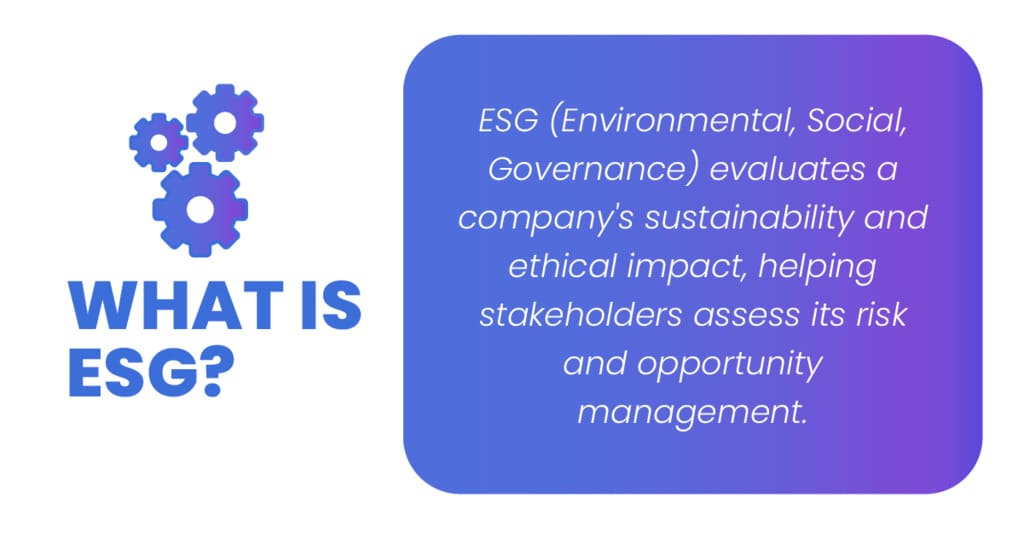
Environmental, Social, and Governance (ESG) are three pillars used to evaluate the sustainability and ethical impact of a business. These criteria help stakeholders understand how a company is managing risks and opportunities related to environmental, social, and governance factors.
- Environmental: Focuses on a company's ecological impact and sustainability practices.
- Social: Involves the company's relationships with its employees, suppliers, customers, and communities.
- Governance: Relates to the company's leadership, executive pay, audits, internal controls, and shareholder rights.
Steps to Integrate ESG into Business Operations
1. Assessment of Current Practices
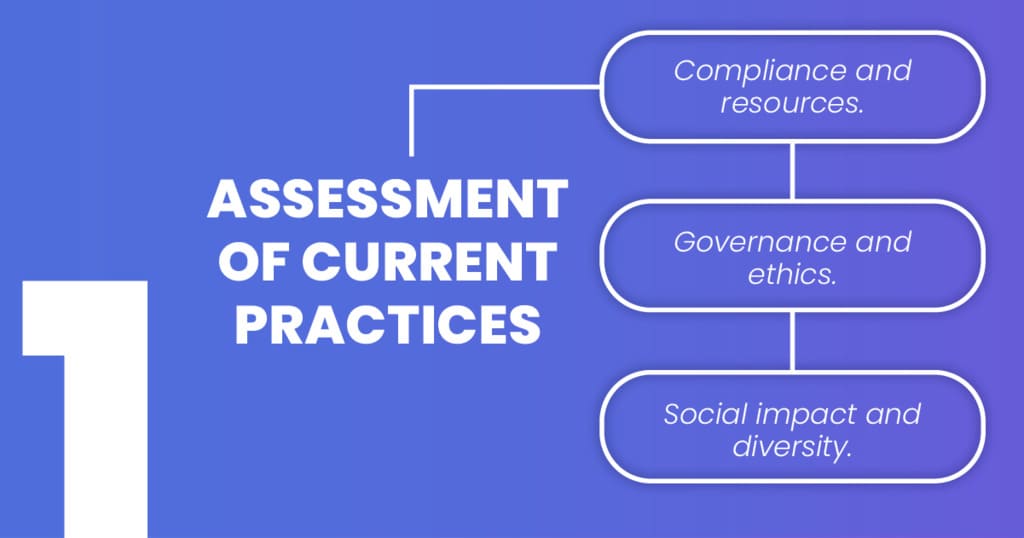
Begin by conducting an in-depth review of your current operations across all three ESG pillars. This assessment should identify how your existing practices align with ESG standards and pinpoint areas for improvement.
- Review environmental compliance and resource management.
- Evaluate social impact, including workforce diversity and community relations.
- Examine governance structures and ethics policies.
2. Setting Clear Goals and Objectives
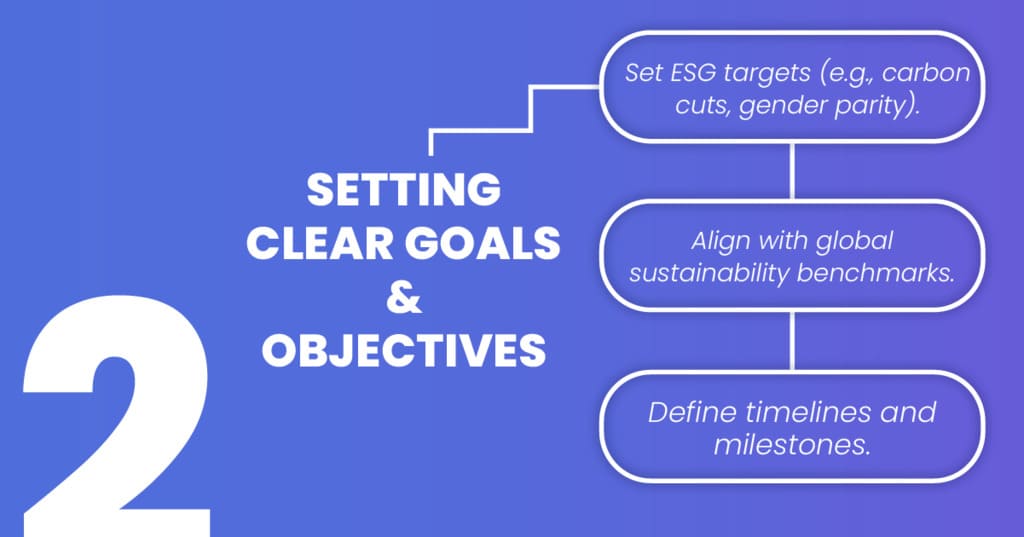
Define specific, measurable, and achievable ESG objectives based on your initial assessment. These might include reducing emissions, improving employee diversity, or enhancing board independence and transparency.
- Define specific ESG targets like reducing carbon emissions or achieving gender parity in leadership.
- Align these goals with global standards and benchmarks for sustainability.
- Set timelines and milestones for achieving these objectives.
3. Policy Development
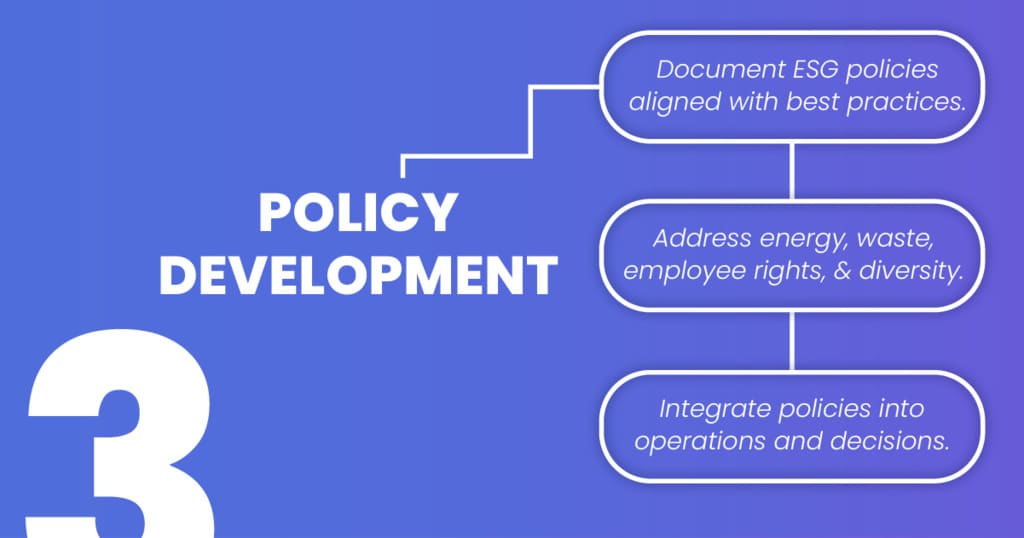
Create policies that reflect your commitment to achieving your ESG goals. This includes policies around sustainable resource use, corporate ethics, and fair labor practices.
- Develop and document ESG policies that are aligned with industry best practices.
- Include actionable policies for energy use, waste management, employee rights, and board diversity.
- Ensure these policies are integrated into all business operations and decision-making processes.
4. Integration into Core Business Processes
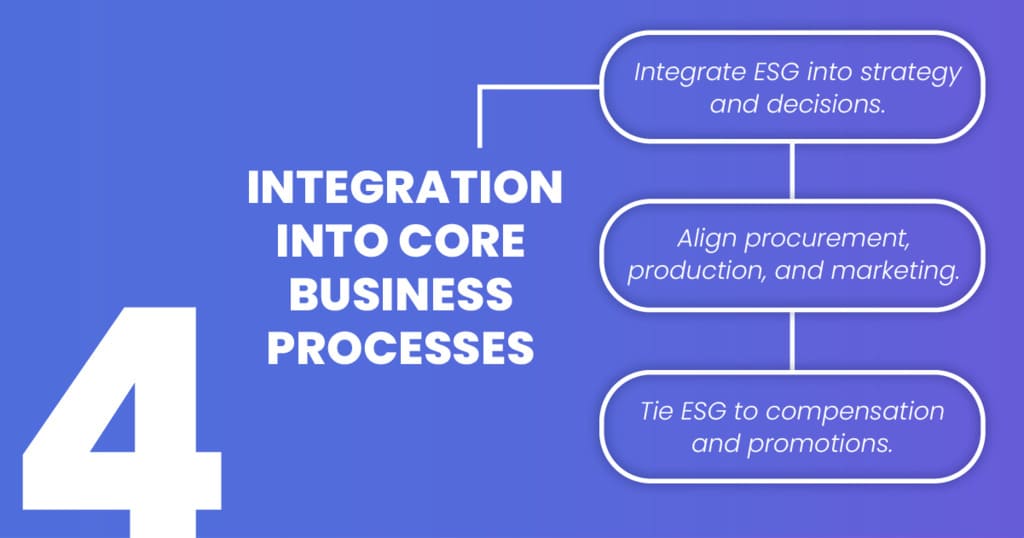
Ensure ESG principles are woven into all aspects of business decision-making, from product development to supply chain management to employee performance assessments.
- Embed ESG considerations into strategic planning and operational decision-making.
- Adjust procurement, production, and marketing to reflect your ESG commitments.
- Link ESG performance to compensation and promotion criteria across the company.
5. Stakeholder Engagement
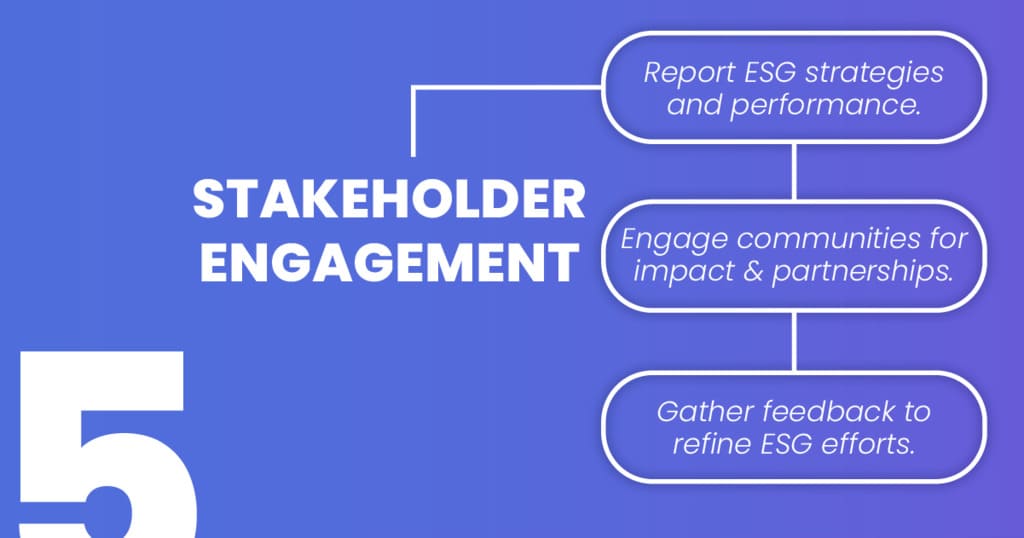
Engage actively with all stakeholders, including employees, clients, investors, and community representatives, to communicate your ESG commitments and strategies, and to solicit their input.
- Communicate ESG strategies and performance to stakeholders through regular reports and updates.
- Engage with local communities and interest groups to foster partnerships and improve social impact.
- Collect feedback from employees, customers, and investors to refine ESG approaches.
6. Training and Development
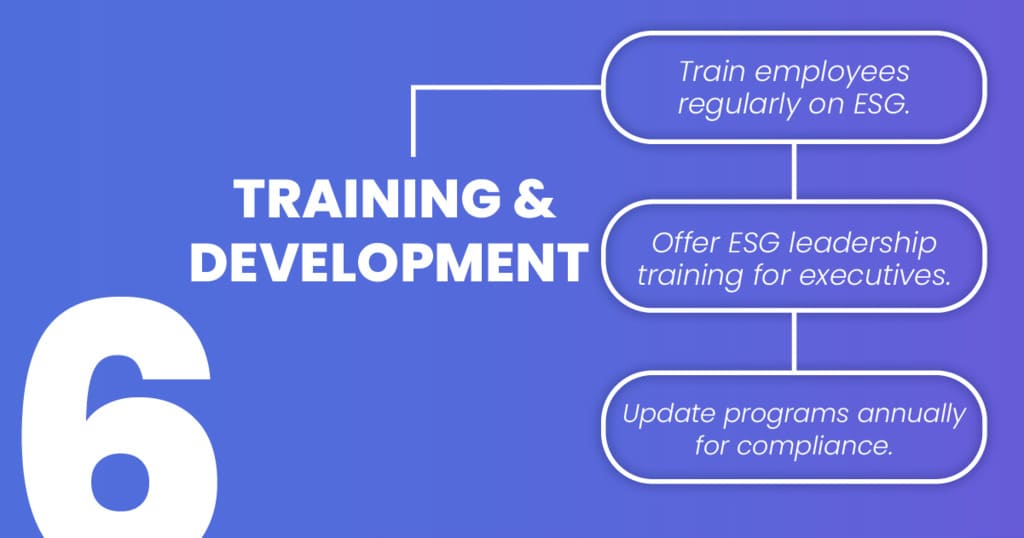
Implement comprehensive training programs to ensure that all employees understand ESG goals and their role in achieving them. This should also include leadership training on ESG issues.
- Conduct regular ESG training sessions for employees at all levels.
- Provide specialized training for management and executive teams on ESG leadership.
- Update training programs annually to reflect new regulations and company policies.
7. Reporting and Transparency
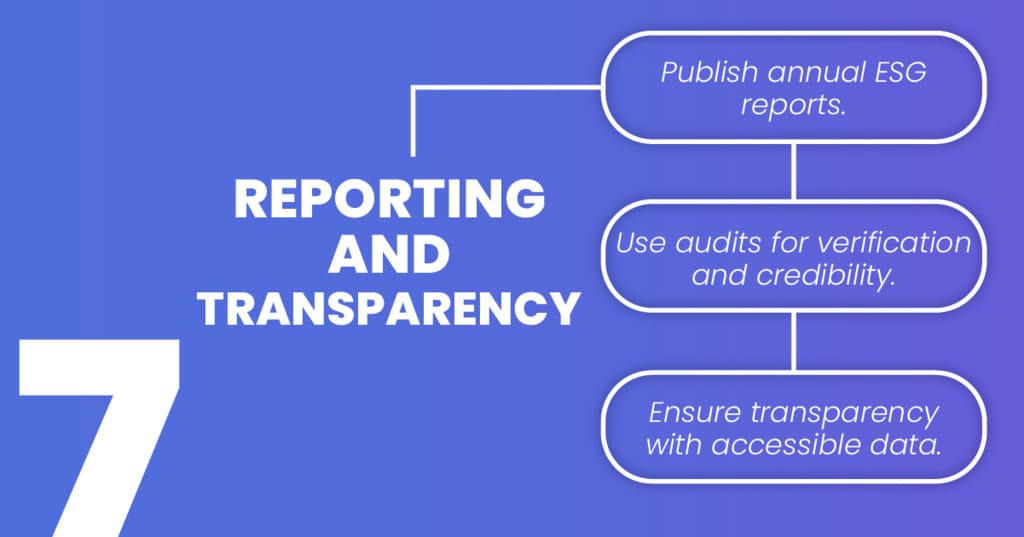
Maintain transparency by regularly reporting on your progress toward ESG goals. This includes not just successes but also areas where goals were not met, along with explanations and future strategies for improvement.
- Publish annual sustainability reports that detail ESG achievements and challenges.
- Use third-party audits to verify ESG performance and improve credibility.
- Make ESG data accessible to all stakeholders to ensure transparency and accountability.
8. Leverage Technology
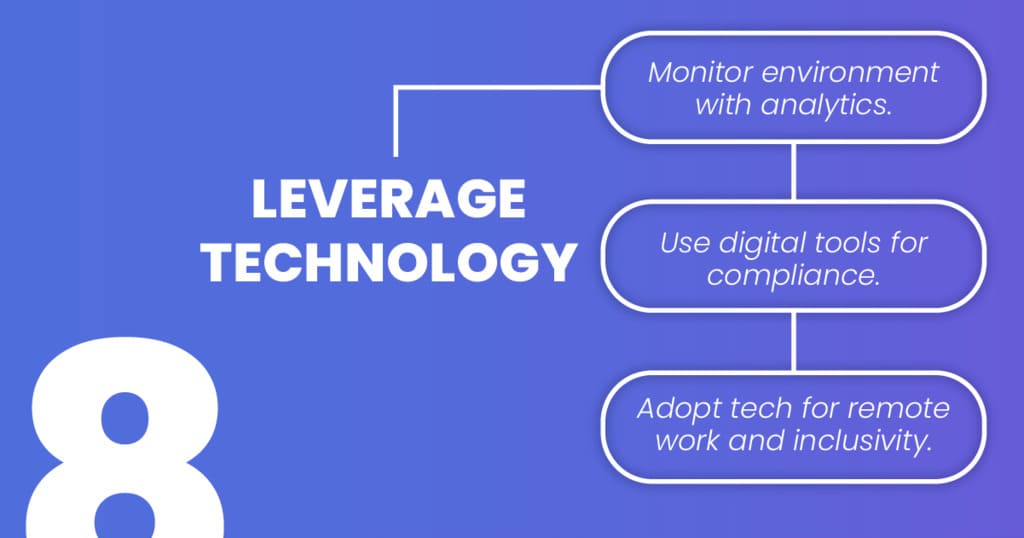
Use technology to enhance the efficiency and effectiveness of your ESG initiatives. Digital tools can help track resource use, manage data more effectively, and enhance communication across stakeholders.
- Implement advanced analytics to monitor environmental performance and resource usage.
- Use digital tools like a virtual data room to streamline compliance tracking and reporting.
- Explore innovative technologies that support remote working and digital inclusivity.
Conclusion
Integrating ESG strategies into your business operations is not just about compliance but about positioning your business for long-term sustainability and success. By taking proactive steps to address environmental, social, and governance issues, you can enhance your company's resilience, innovation, and reputation.
